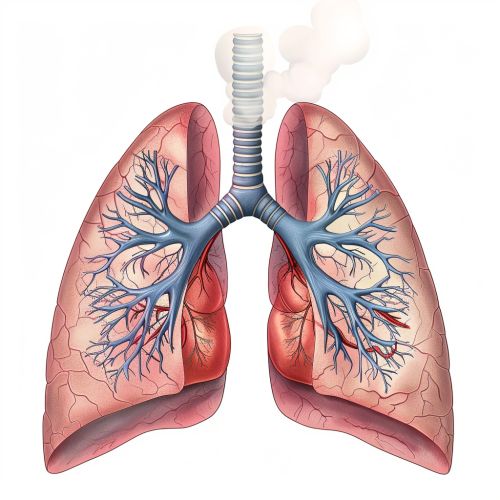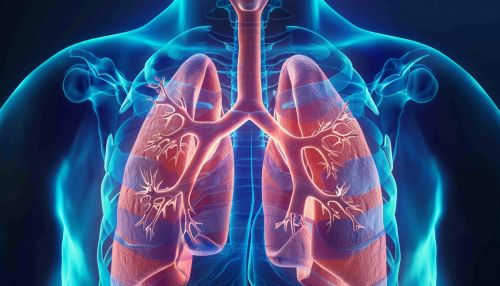Respiratory system
Anatomy of the Respiratory System
The respiratory system is a biological system consisting of specific organs and structures used for gas exchange in animals and plants. The anatomy of the respiratory system can be divided into the upper and lower respiratory tracts.
The upper respiratory tract includes the nose, nasal cavity, mouth, pharynx, and larynx. The primary function of the upper respiratory tract is to filter, warm, and humidify the air that we breathe in, preparing it for the lower respiratory tract.


The lower respiratory tract consists of the trachea, bronchi, bronchioles, and the lungs. The trachea, or windpipe, is a tube that connects the larynx to the bronchi. The bronchi are two tubes that branch off from the trachea, leading into the lungs. The bronchioles are smaller branches of the bronchi that lead to the alveoli, the site of gas exchange.
Physiology of the Respiratory System
The primary function of the respiratory system is to facilitate gas exchange. This process involves the transfer of oxygen from the atmosphere into the body's cells and the removal of carbon dioxide from the body's cells to the atmosphere. This process is carried out through the process of breathing, also known as ventilation.
Ventilation is a two-step process: inspiration (inhalation) and expiration (exhalation). During inspiration, the diaphragm and intercostal muscles contract, increasing the volume of the thoracic cavity. This decrease in pressure allows air to flow into the lungs. During expiration, the diaphragm and intercostal muscles relax, decreasing the volume of the thoracic cavity and forcing air out of the lungs.
The gas exchange occurs in the alveoli, tiny sacs located at the end of the bronchioles. The walls of the alveoli are extremely thin and are surrounded by a network of capillaries. Oxygen diffuses across the alveolar and capillary walls into the blood, while carbon dioxide diffuses from the blood into the alveoli.
Disorders of the Respiratory System
There are numerous disorders that can affect the respiratory system, ranging from mild and self-limiting, such as the common cold, to life-threatening conditions like pneumonia, lung cancer, and chronic obstructive pulmonary disease (COPD).
Pneumonia is an infection that inflames the air sacs in one or both lungs. The air sacs may fill with fluid or pus, causing cough with phlegm or pus, fever, chills, and difficulty breathing.
Lung cancer is a type of cancer that begins in the lungs. It is one of the most common cancers in the world. It is usually caused by long-term exposure to tobacco smoke.
COPD is a chronic inflammatory lung disease that causes obstructed airflow from the lungs. It is caused by long-term exposure to irritating gases or particulate matter, most often from cigarette smoke.
